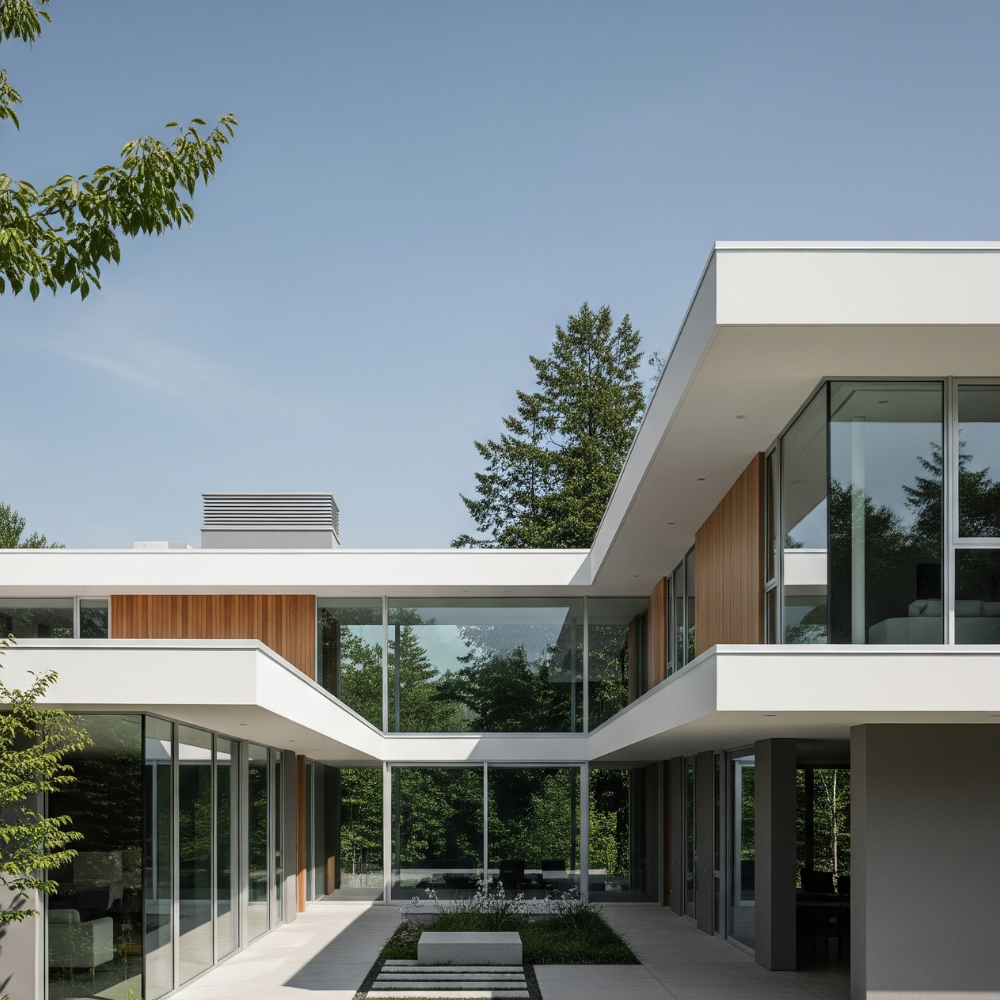In a world where chaos often finds its way into our homes, minimalist house design offers a refreshing escape. With its emphasis on simplicity, clarity, and functionality, minimalism does more than just strip away the excess—it transforms how we live, breathe, and interact with our space. Whether you’re building from scratch or planning a redesign, these 10 inspiring minimalist house designs will challenge your perspective on space and redefine what “home” truly means.
1. The Glass Pavilion: Transparency Meets Simplicity
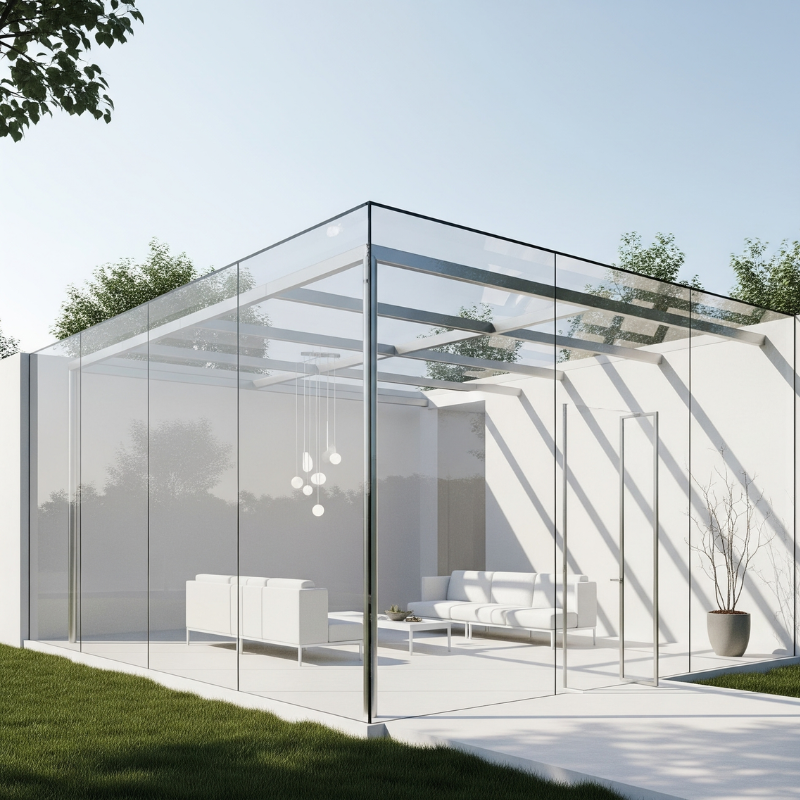
Located in the heart of nature, this modern glass home uses floor-to-ceiling windows to dissolve the boundary between inside and out. With minimal walls, neutral furniture, and open layouts, the design celebrates spatial openness. It’s perfect for those who crave natural light and connection with the outdoors without compromising privacy through clever landscaping.
2. Scandinavian Serenity: Calm, Clean, and Cozy
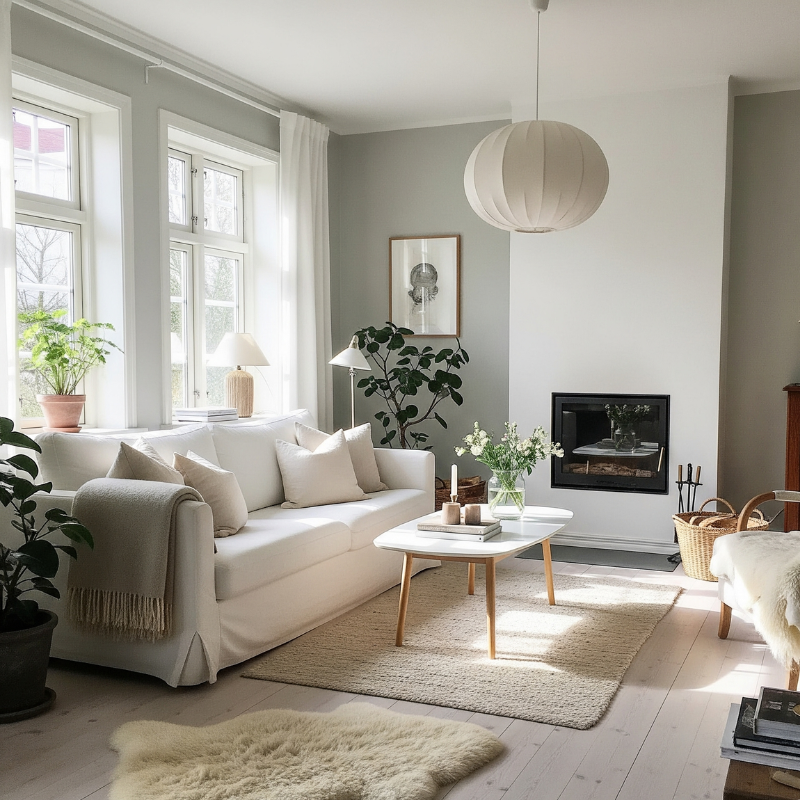
Scandinavian minimalism is known for its warmth and practicality. Think white walls, natural timber floors, and neutral tones. This design style embraces hygge—the Danish concept of cozy living—while keeping clutter out of sight. Functional furniture with hidden storage makes every corner purposeful without sacrificing aesthetics.
3. Tiny but Mighty: The Compact Minimalist Home
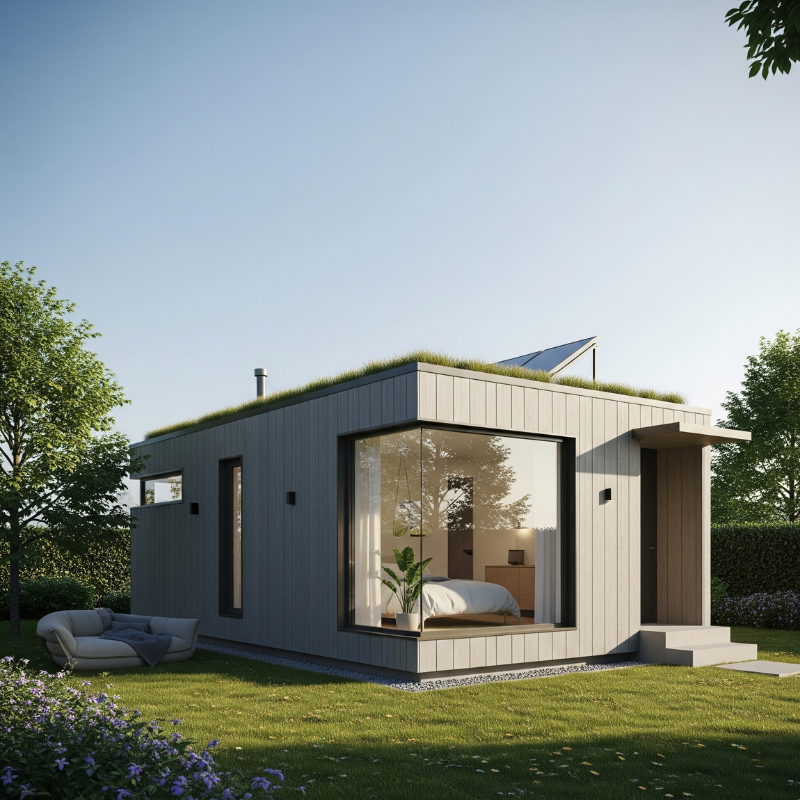
Small spaces don’t mean small dreams. With clever design, even a 500-square-foot home can feel spacious. Features like fold-out furniture, loft beds, and sliding doors allow for seamless transitions between work, rest, and socializing. It’s sustainable, cost-effective, and proves that less really is more.
4. Concrete Dreams: Brutalist Minimalism
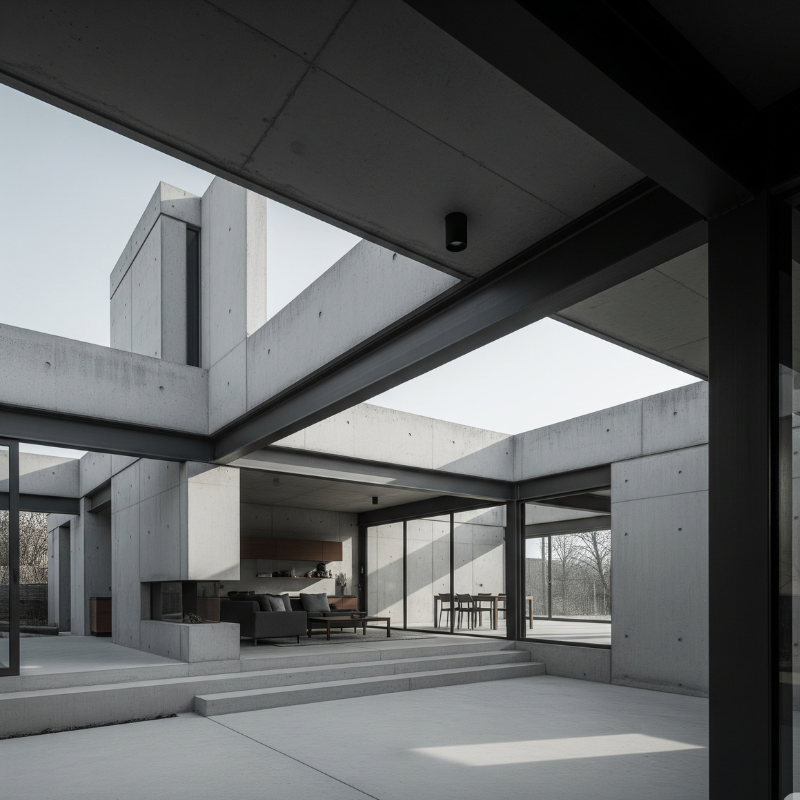
For lovers of bold materials and raw textures, minimalist Brutalism offers a powerful aesthetic. Concrete, steel, and glass form the core materials, with geometric shapes and open-plan living. While it might appear stark, the design prioritizes durability, energy efficiency, and honest materials that age beautifully over time.
5. Japanese Zen: Tranquillity Through Design
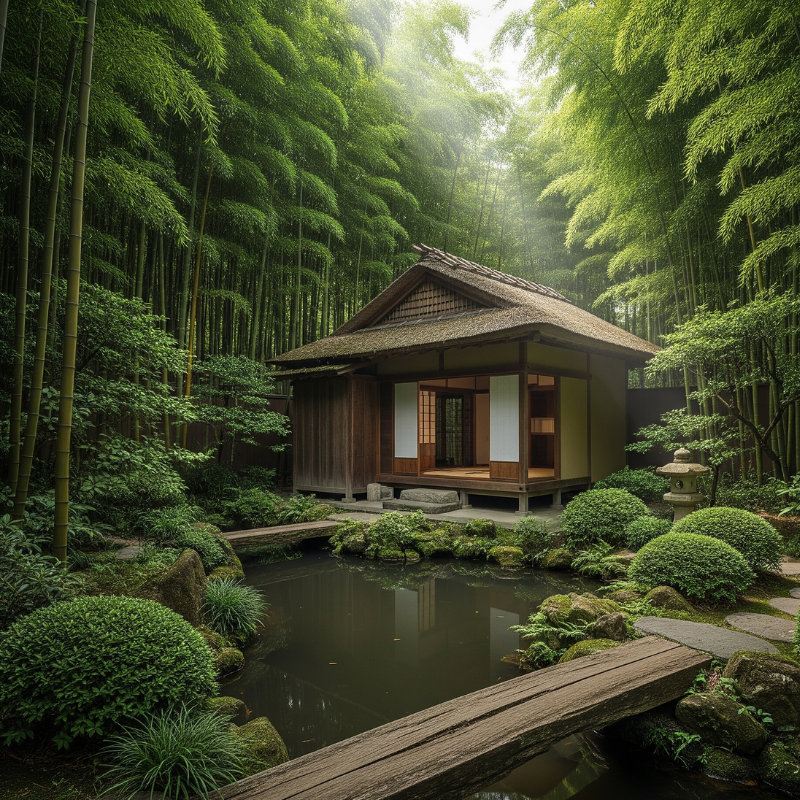
Japanese minimalism is rooted in Zen philosophy, focusing on harmony, balance, and connection with nature. With tatami floors, shoji screens, and low-profile furniture, these homes promote mindfulness and quietude. The “Ma” principle—the beauty of empty space—is central, creating a calming environment ideal for reflection and retreat.
6. Coastal Minimalism: Breezy and Balanced

Imagine waking up to ocean views framed by minimalist interiors. Coastal minimalism pairs whitewashed walls with light wood, linen textures, and blue accents. Large sliding glass doors open to nature, blurring the lines between indoor and outdoor living. It’s airy, natural, and effortlessly elegant—ideal for waterfront or beachside properties.
7. The Courtyard House: Minimalism with a Heart

A central courtyard in a minimalist house introduces light, airflow, and intimacy. This design not only enhances spatial fluidity but also serves as a private oasis. Think open-plan rooms surrounding a sun-filled courtyard, framed with greenery, timber decking, and minimalist furniture. It fosters connection while maintaining a peaceful core.
8. Industrial Chic: Raw Meets Refined

Minimalist industrial homes blend exposed brick, metal fixtures, and neutral tones with open spaces and high ceilings. While rugged in style, the design relies on curated minimalism to avoid clutter. Polished concrete floors, matte black accents, and linear lighting make it perfect for urban dwellers seeking edge with elegance.
9. Floating Homes: Elevated Minimalism

Raised on stilts or platforms, these designs give the impression of floating. Whether built over water, on uneven terrain, or to enhance airflow, floating homes create a unique architectural statement. Inside, minimalist interiors maximize views with streamlined furniture, muted palettes, and expansive glazing.
10. Digital Nomad Retreats: Minimalism for Mobility

Designed for simplicity, adaptability, and off-grid living, these minimalist micro-homes cater to digital nomads. Featuring solar power, modular layouts, and multi-purpose furniture, they’re compact yet functional. Ideal for remote workers and adventure-seekers, these spaces prove that minimalist design can be mobile, smart, and sustainable.
Why Minimalist Design Matters Today
Minimalism isn’t just about clean lines or neutral colors—it’s a lifestyle shift. As urban spaces become denser and environmental awareness grows, minimalist homes offer a smarter way to live:
- Reduced consumption: By valuing quality over quantity, you spend less and waste less.
- Less stress: Clutter-free spaces promote mental clarity and calm.
- Sustainability: Smaller, simpler homes have a lower environmental impact.
- Timeless appeal: Minimalist design transcends trends, ensuring longevity in aesthetics and value.
Tips for Designing Your Minimalist Home
- Start with purpose. Every object and layout should serve a function.
- Embrace natural light. Maximize windows and use light colors to open up space.
- Invest in multi-functional furniture. Think beds with storage, foldable desks, or extendable tables.
- Declutter regularly. Keep only what you love and use.
- Let materials speak. Wood, concrete, stone, and glass add character without excessive decoration.
Final Thoughts
Minimalist house designs are more than a design choice—they’re an intentional way to live. These ten stunning concepts showcase how minimalism can adapt to every lifestyle and space, from tiny urban apartments to nature-immersed retreats. Each example proves that when you strip away the unnecessary, you create room for what truly matters: clarity, comfort, and connection.
So whether you’re an architect, homeowner, or simply an admirer of clean, considered spaces—let these ideas inspire your next move.
Ready to bring minimalist architecture to life?
Stay tuned to Ideas for Architecture for more modern design inspiration, expert insights, and ideas that redefine how we live and build.





